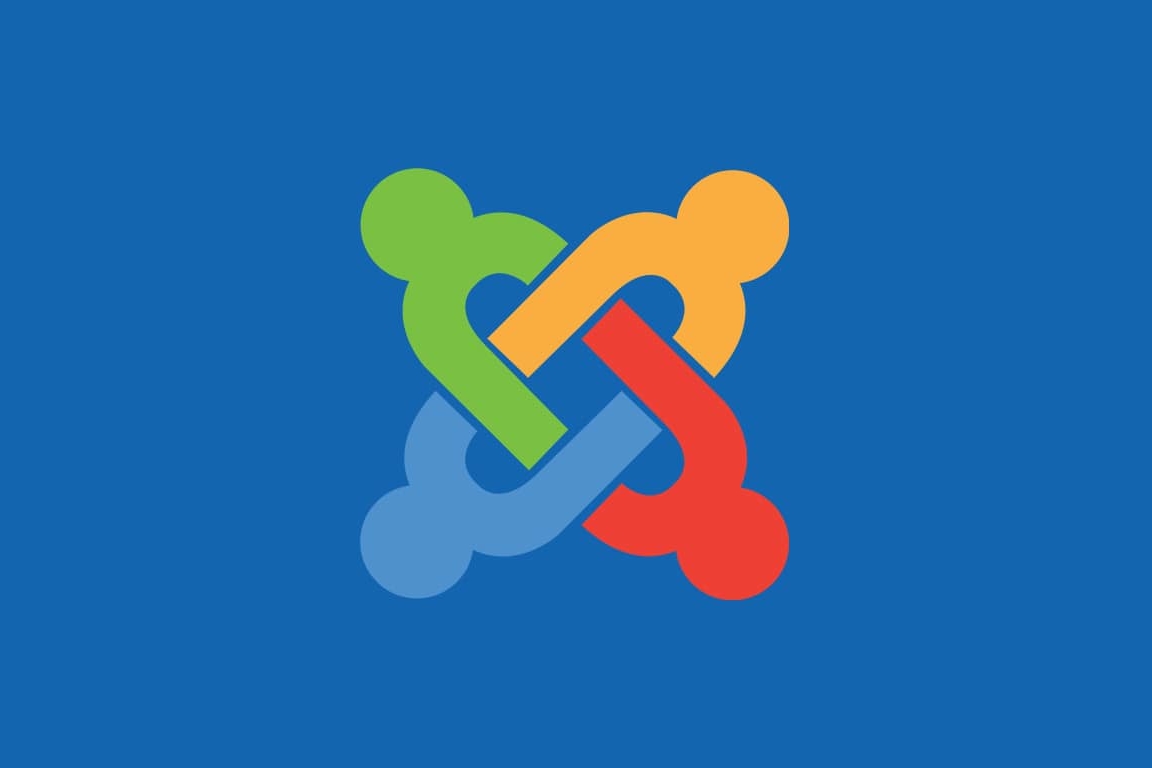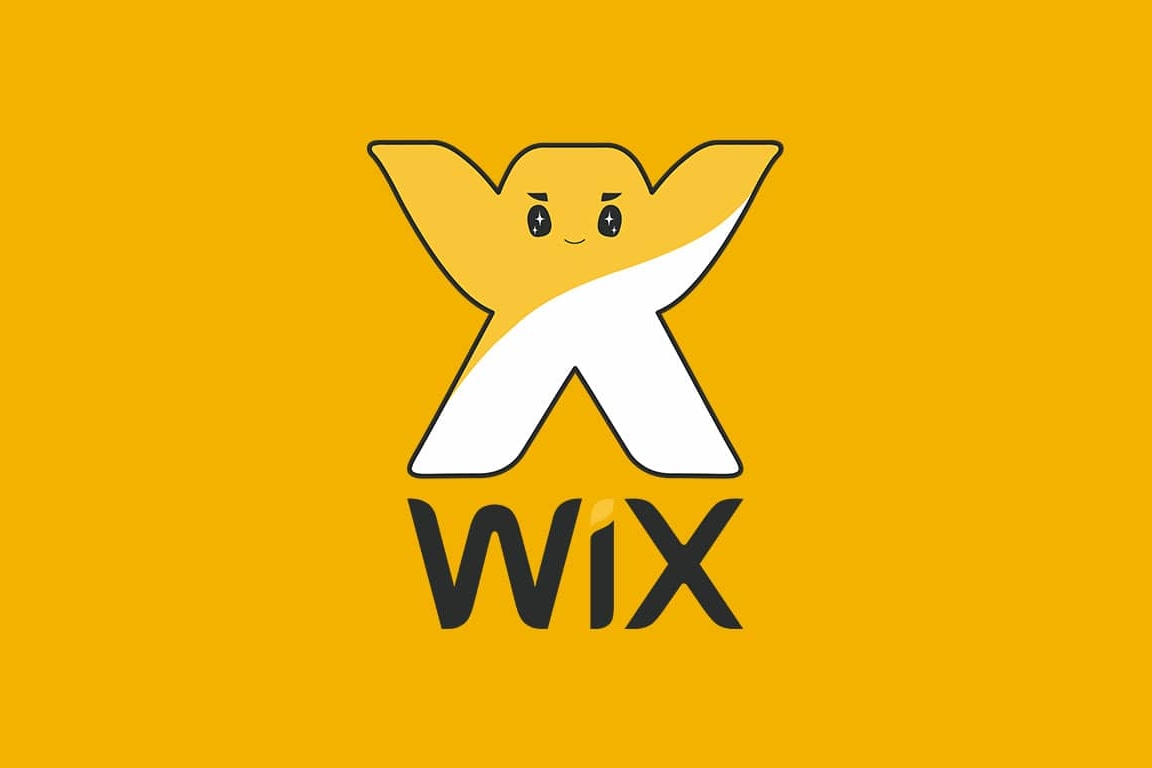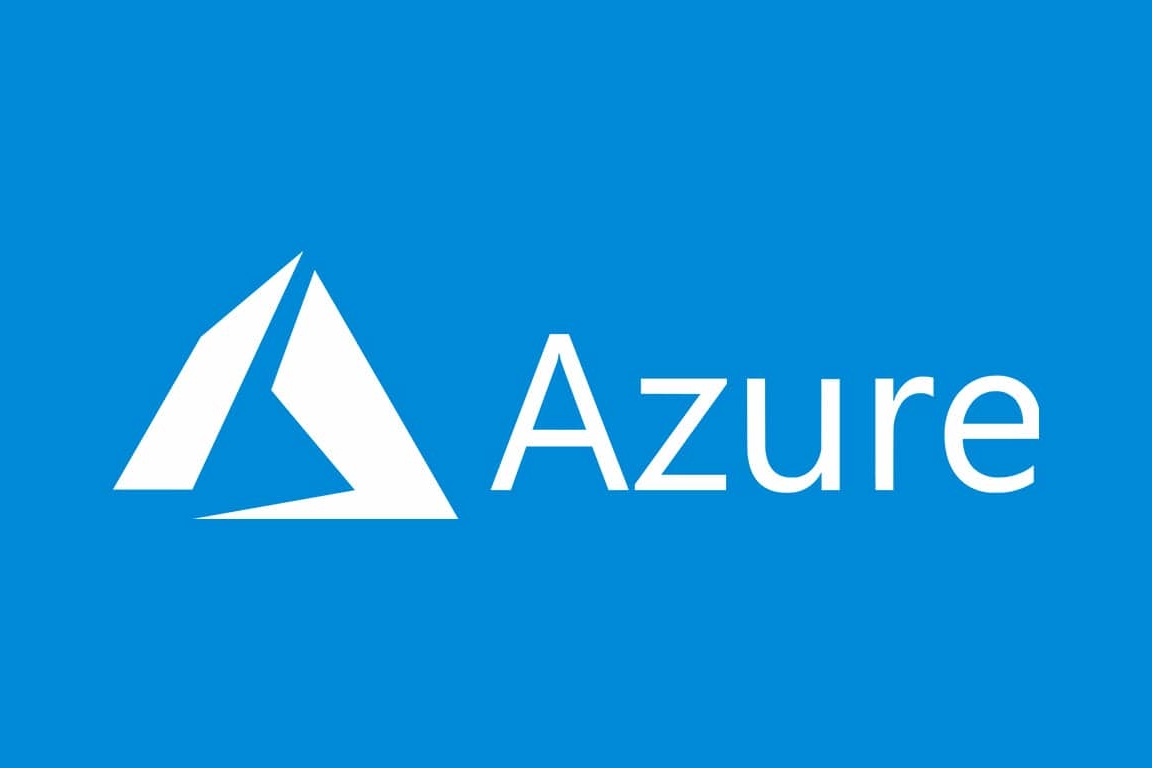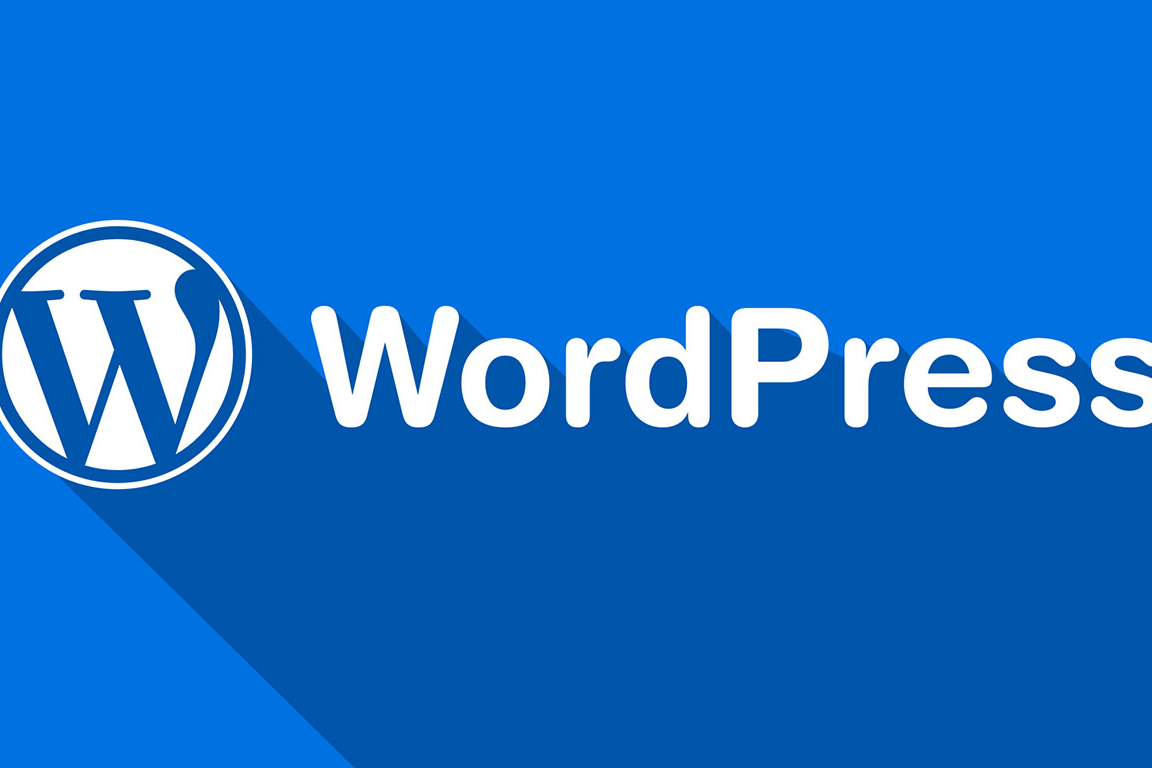In today’s fast-paced business environment, having a strong online presence is critical for success. Web development is a key component of building a strong online presence, and the selection of a server is an essential factor in web development. While low-cost servers may seem like an attractive option for businesses looking to cut costs, they can have a negative impact on web development. In this article, we will explore the negative effects of low-cost servers in web development through a professional case study.
Case Study: XYZ Corp and the Negative Impact of Low-Cost Servers
XYZ Corp is a medium-sized business that operates in the retail industry. In an effort to cut costs, XYZ Corp decided to switch to a low-cost server for their web development needs. At first, everything seemed to be working smoothly, and the business was able to save money on its server expenses.
However, as time went on, the negative effects of the low-cost server began to emerge. The server was slow and unreliable, causing the website to crash frequently. This resulted in frustrated customers and lost revenue for the business. Additionally, the server was not able to handle the traffic that the website was receiving, which resulted in a poor user experience for website visitors.
The impact of the low-cost server also extended to the website’s search engine optimization (SEO) efforts. The website’s slow loading time and frequent crashes negatively impacted its search engine rankings, resulting in reduced traffic to the website.
In an effort to address these issues, XYZ Corp had to invest additional time and resources in fixing and optimizing their website. This resulted in increased expenses and lost time that could have been better spent on other aspects of the business.
Negative Effects of Low-Cost Servers on Web Development
- Poor Performance: Low-cost servers are often not equipped to handle the demands of a website with high traffic. This can result in slow page speeds, long loading times, and poor user experience.
- Security Risks: Low-cost servers may not have adequate security measures in place, leaving websites vulnerable to cyber-attacks and data breaches.
- Downtime: Low-cost servers may experience frequent downtime, resulting in loss of traffic, revenue, and potential customers.
- Negative Impact on SEO: Poor website performance can negatively impact search engine rankings, resulting in decreased traffic and revenue for businesses.
- Lack of Support: Low-cost servers may not offer adequate technical support, leaving businesses stranded in case of issues with their website.
Conclusion
In conclusion, low-cost servers may seem like a cost-effective solution for web hosting needs, but they can have significant negative effects on website performance and user experience. In the case of XYZ Corp, choosing a low-cost server resulted in poor website performance, decreased traffic, and lost revenue. It is essential for businesses to prioritize website performance and user experience and invest in quality web hosting solutions. By choosing a reliable and high-quality server, businesses can avoid the negative effects of low-cost servers and achieve success in the competitive online marketplace.
Related Posts
March 18, 2023
Top 10 Digital Marketing Strategies for Restaurants
March 14, 2023
How a low-quality content affect SEO?
March 14, 2023
Top 10 Digital Marketing Company Challenges
March 13, 2023
Why Digital Marketing is complex Field to Handle?
January 9, 2020
How to Migrate a Website from One Server to Another
January 9, 2020
How to Migrate a WordPress Site from One Host to Another
January 8, 2020
How to Transfer a Joomla Site to Another Server
January 8, 2020
How to Transfer a Wix Website to Another Host
December 13, 2019
Importance of Selecting the Right Theme for Your WordPress Website
December 10, 2019
Differences Between WordPress Website and Static Website
October 21, 2019
How to Migrate Application to Azure
October 21, 2019
How to Migrate Application to AWS
July 3, 2017
What is Pagespeed Optimization
July 3, 2017
What is Web Designing
July 3, 2017
What is Social Media
June 30, 2017
What is SMM
June 30, 2017
What is SEO
June 30, 2017




















